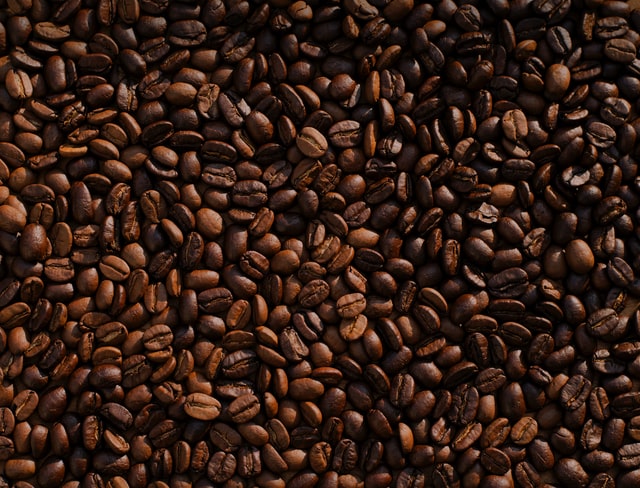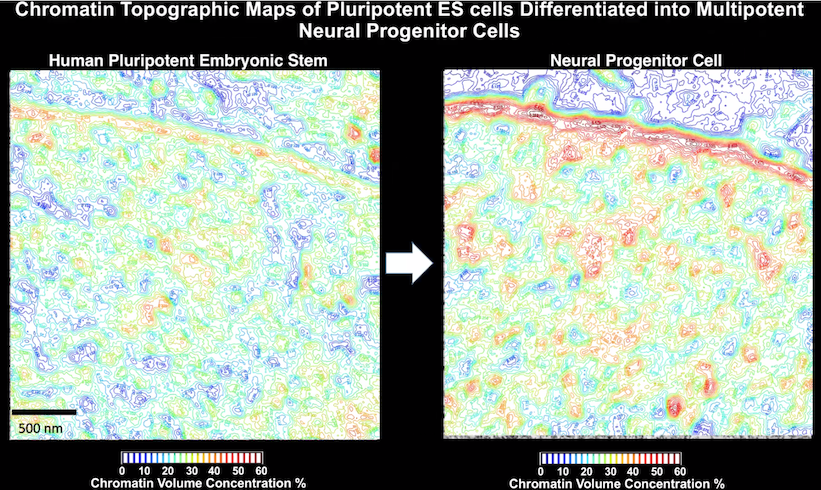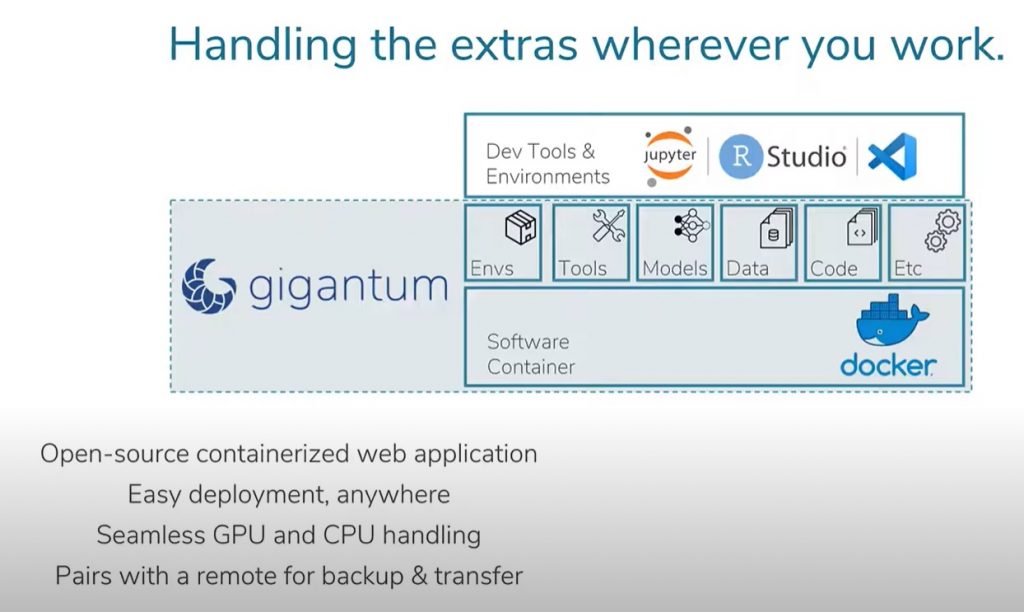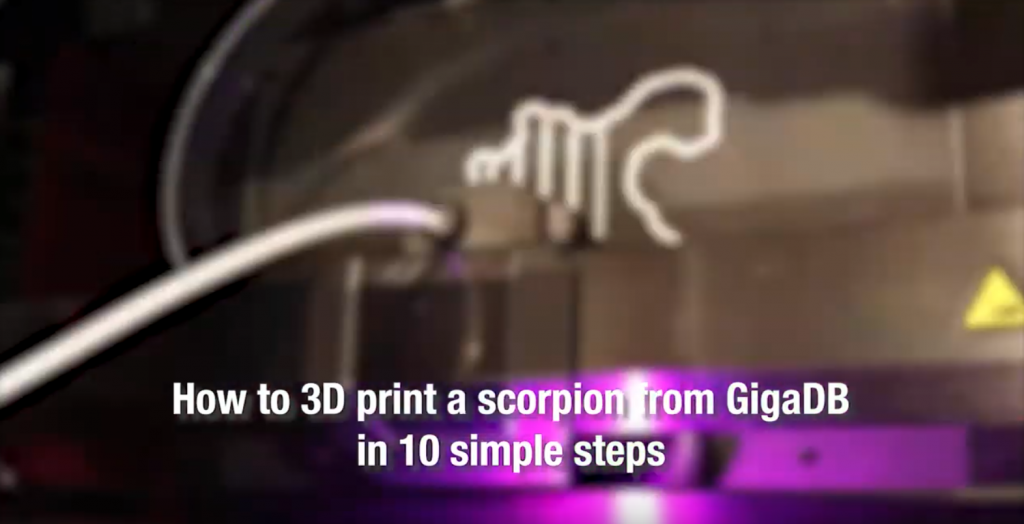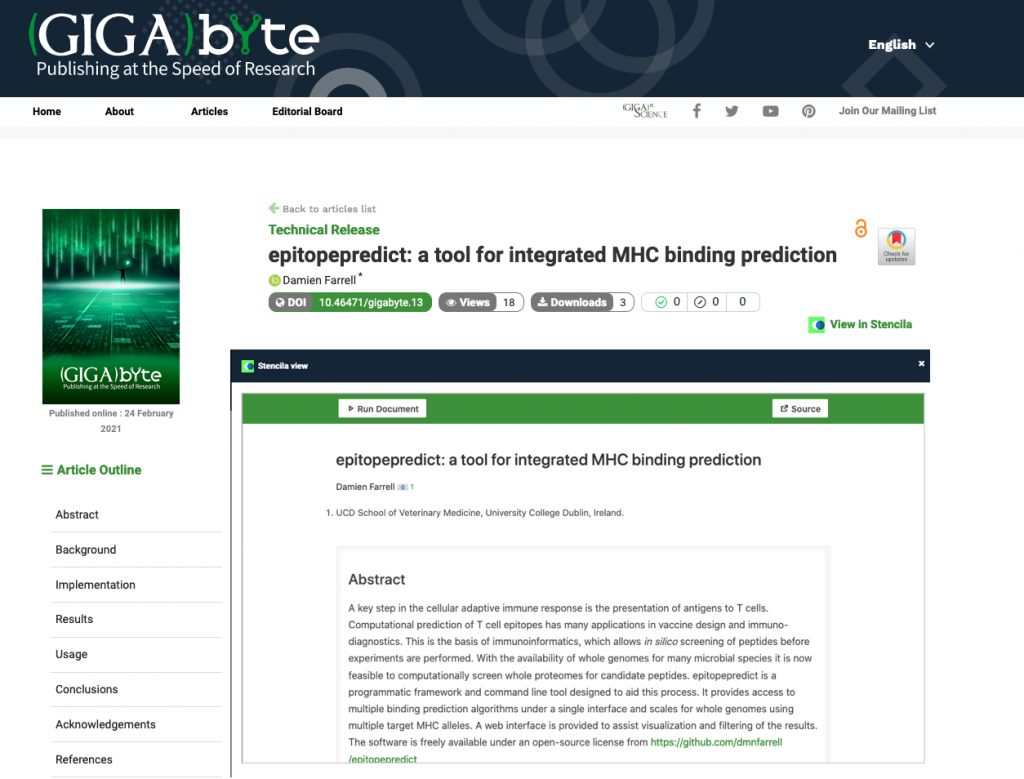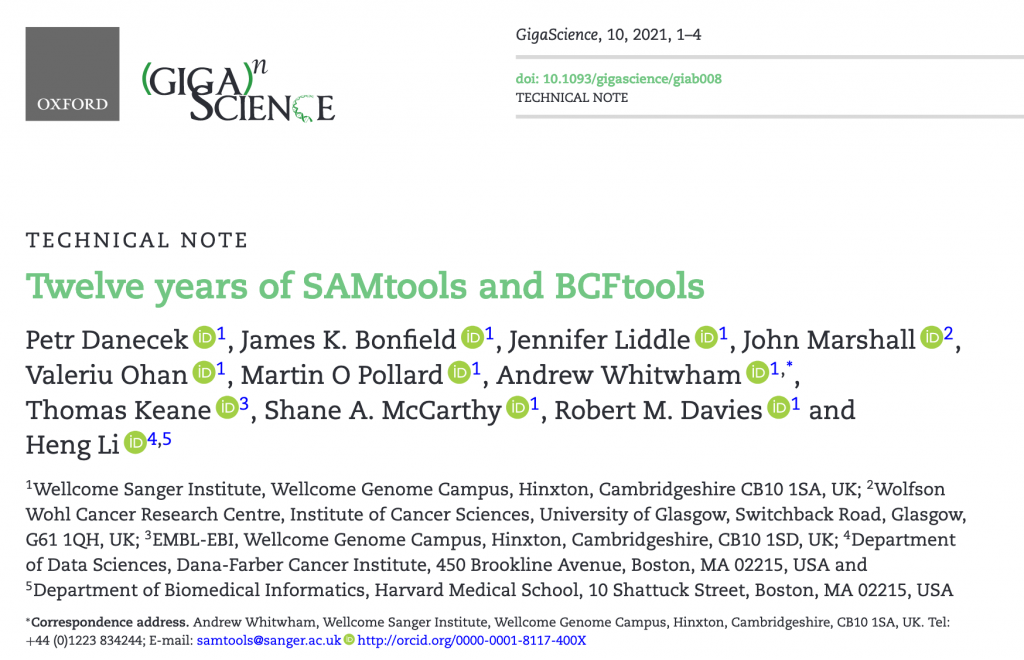
At GigaScience we see more and more of our published papers use computational workflows, as they provides researchers easy access to high-quality analysis methods without the requirement of computational expertise. However, systems are needed to enable the sharing of these workflows in a reusable form.


